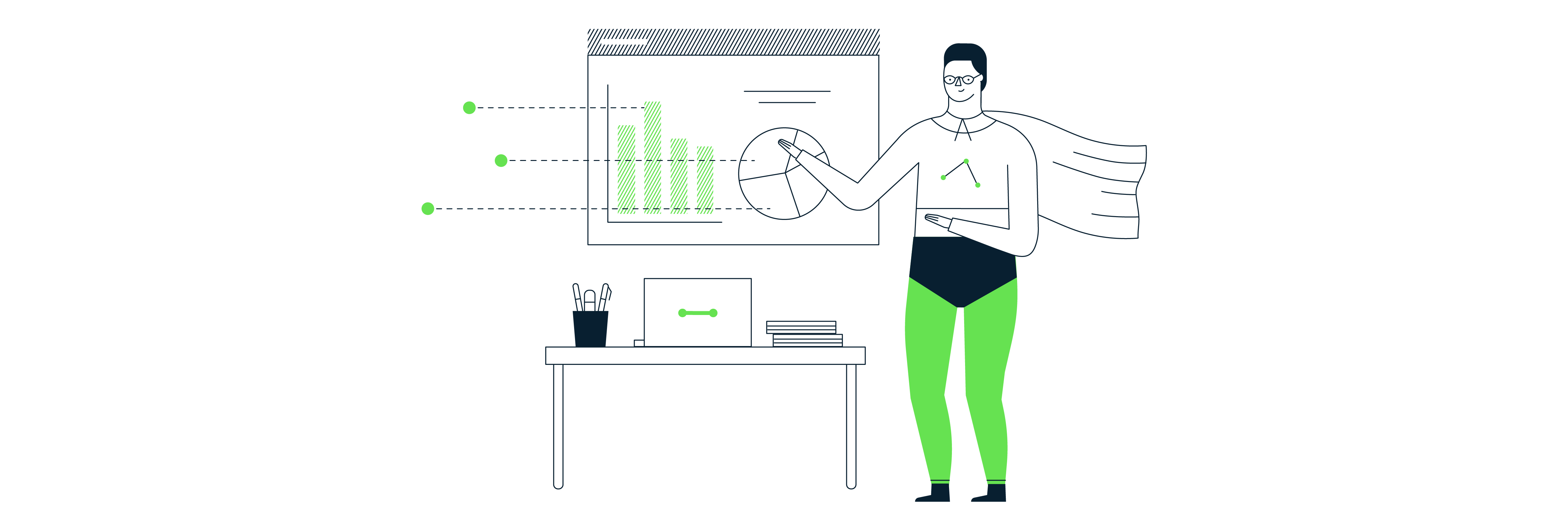Bounce rate vs. Exit rate part one
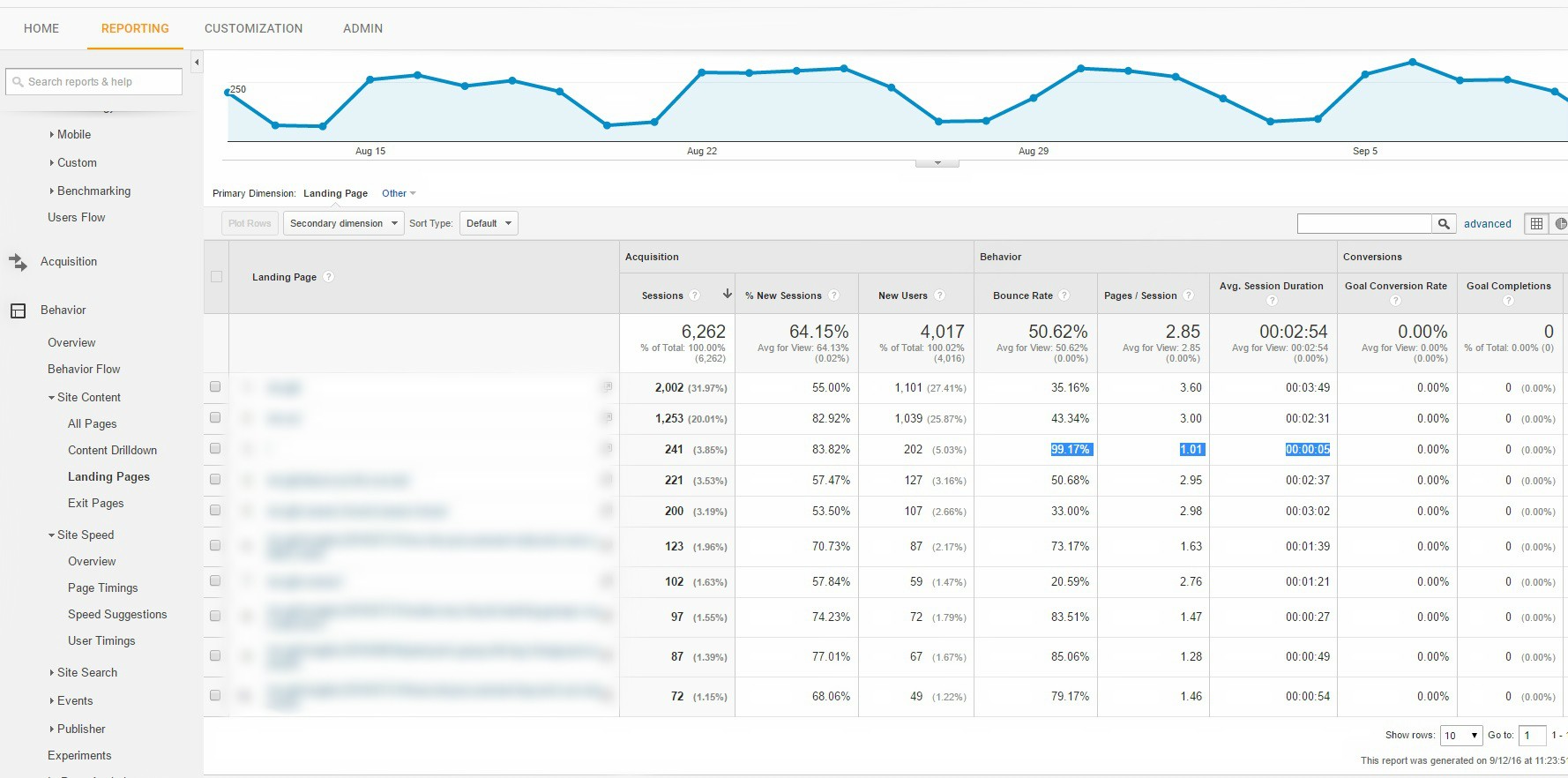
Many companies consider a high bounce rate an issue that needs to be addressed quickly. Others support a high bounce rate. The truth is that most people don’t understand what “bounce rate” really means.
So what is a Bounce rate?
According to Google:
Bounce Rate is the percentage of single-page sessions (i.e. sessions in which the person left your site from the entrance page without interacting with the page).
A better definition would be:
Bounce Rate is the percentage of single-interaction sessions. A bounce means that someone landed on your site and then didn’t click anything before the session expired.
Another more simplistic definition by the analytics evangelist Avinash Kaushik is: “I came, I puked, I left”. Although this quote helps to keep things simple and memorable, a bounce rate is a much more complex metric and shouldn’t be looked at in a simplistic way because is quite possible to draw incorrect conclusions about user behavior on one’s site.
A few things to note:
- Bounces are always one page sessions.
- Bounce rate applies only to a landing page (i.e. the first page a person visits)
- Bounce means that the user didn’t interact with the page
What is considered a bounce?
- Clicks on external links
- Clicks on the back button (very common)
- Closes the browser (window/tab)
- Types a new URL in the same browser tab or window
- Does nothing (session times out after 30min)
Below we have a few reports to look into for better understanding of the bounce rate metric and how is it relevant to your website.
Traffic Sources Report
Go to Traffic Sources > All Traffic.
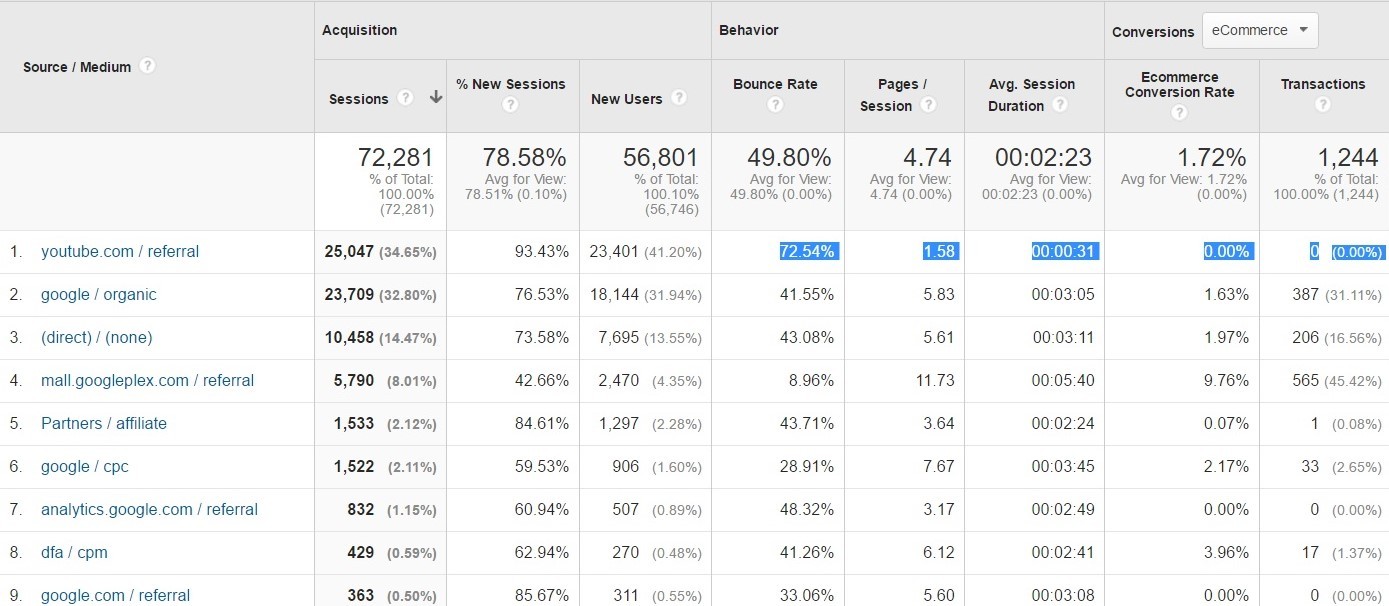
Here we can see what type of traffic has the highest bounce rate. In this case, although a lot of traffic is coming from YouTube, the bounce rate for these visitors is over 80% and the average time they spend is 1.58 min compared to the average 4.76 min on other pages. Also the revenue for this traffic is zero, maybe your YouTube campaign are not as efficient as you’d like, or maybe that’s what you want, to raise awareness.
Landing Pages Report
Go to Content > Site Content > Landing Pages

Here you will see the pages on your website that have received the most Pageviews within the last thirty days with their bounce rate.
We can see that 35% of the visitors that land on the homepage bounce, which means the rest of them either take action, or move to another page on our website. However, we can see for the page on row three that the bounce rate is really high 99% and the average time spent on this page is 5 seconds. Clearly, there are some technical issues that need to be fixed here.
Browser & OS Report:
Go to Audience > Technology > Browser & OS
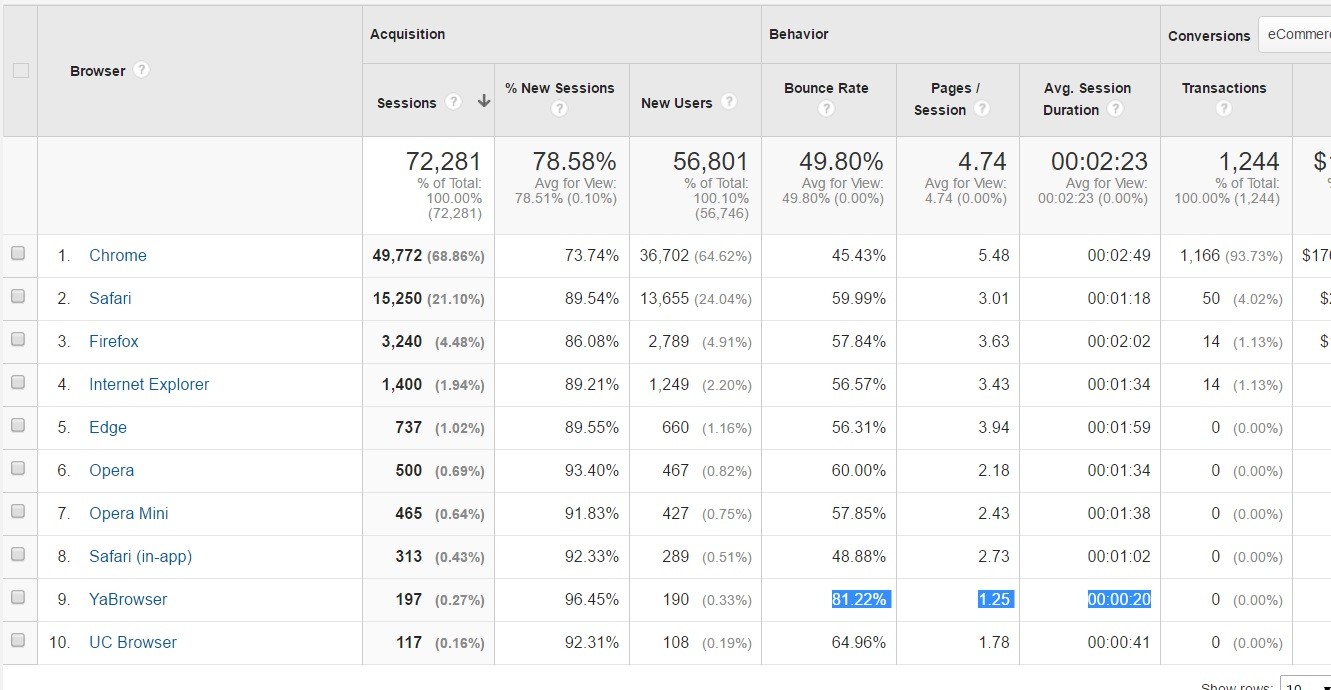
Here, you can see if one particular Browser has high bounce rate. We had one client with really high bounce rate for Safari, we discovered that the website wasn’t optimised for this particular browser, thus users would land on a page and leave straight away because they had a bad experience.
Another useful report would be the Mobile report. Audience -> Mobile. Here you can see if one particular platform (mobile, tablet or desktop) has a higher bounce rate, thus you can optimise your website for that audience.
Google Analytics Benchmark Averages for Bounce Rate
40-60% Content websites
30-50% Lead generation sites
70-98% Blogs
20-40% Retail sites
10-30% Service sites
70-90% Landing pages
When is a High Bounce Rate Acceptable?
When the user has positive experience! This is often the case for most popular blogs. A user (usually a returning visitor) will come to read your latest blog post and then leave. Don’t lose sleep over it! This will cause a high bounce rate, but that doesn’t mean your website is not efficient.
How to improve your bounce rate (if needed)
- See which type of pages engage users the most and create similar
- Add links to content everyone will love to your sidebar
- Add links to other pages within your website’s content
- Improve your content quality on pages with high bounce rate. It’s almost always something technical, such as an incorrect image or missing content
- Add scroll tracking on your blog so you can better understand your visitors
Conclusion
Interpreting bounce rates is all about context.
Never make any analysis based off of one metric or one statistic and always look at the complete picture of your website’s data. Bounce rates are a user behavior metric, not a site performance metric like conversions or revenue. At the end of the day you need to focus on the customers that didn’t leave.
Stay tuned for part two, which will be focused on Exit Rate.

Subscribe to our newsletter:
Further reading
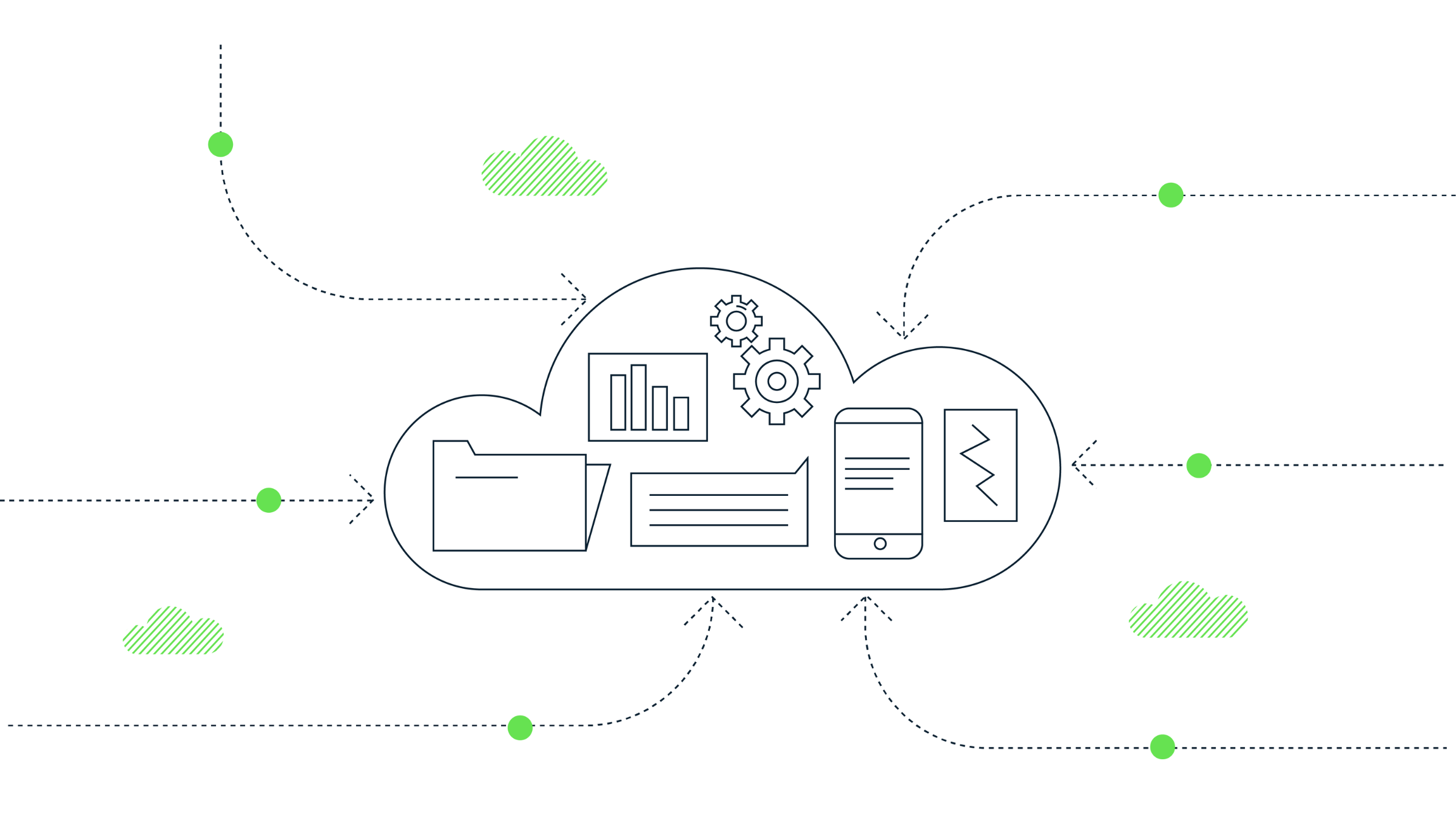
How to extract GA4’s event sequencing in BigQuery using the new batch fields
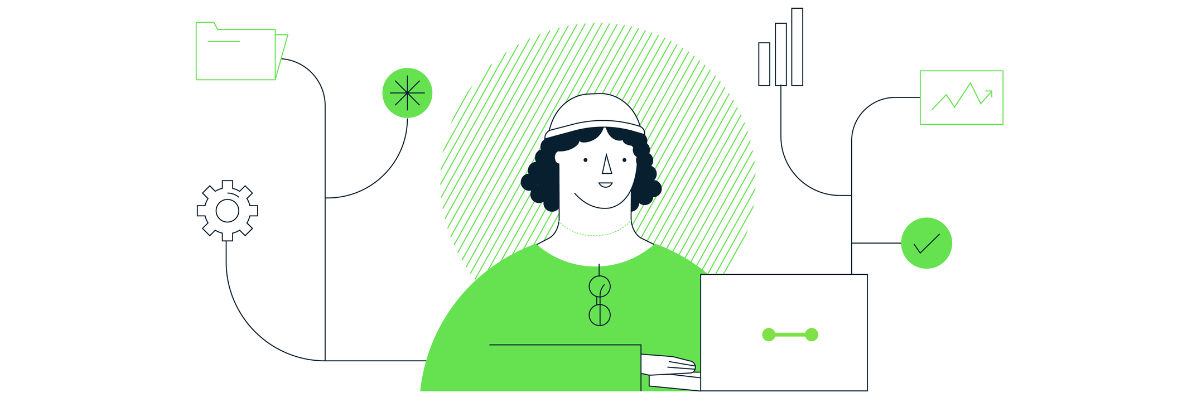
What is offline event data import in GA4?
